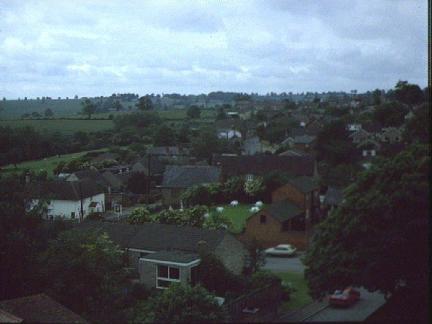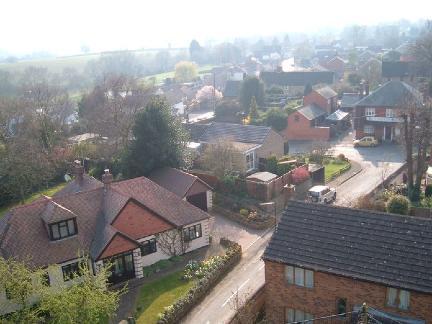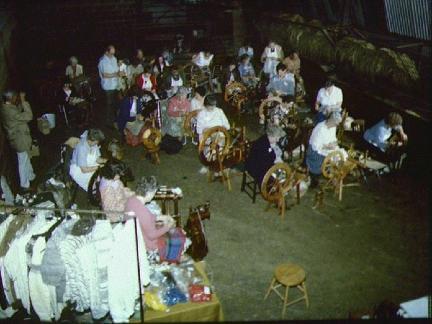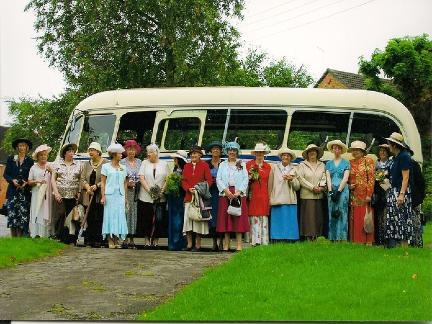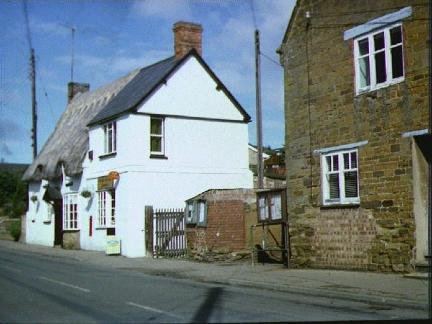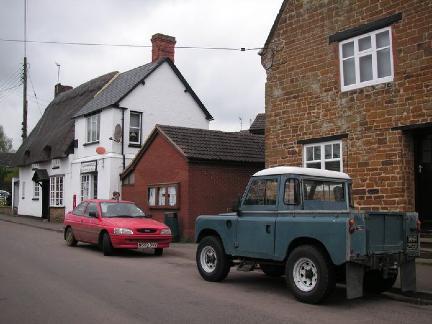
Do you remember this?
Have you ever wondered what happened to the information captured?
Are you intrigued to read this information?
Do you think the village had changed much in 25 years?
The BBC asked volunteers to take and choose 3 photographs that illustrated key features in the community. Written articles were encouraged that described amenities and features, also those that would describe a day in a life of people who lived and worked in the areas. Margaret Lewis who volunteered at the time was inspired by the aims of the project, she encouraged article authors to include details that would be of interest in the future such as prices, timings etc. She told me that the brief was a little challenging, there were many restrictions such as an article word limit and a limit on the number of articles, also the instructions were a bit vague.
Nationally the Domesday project successfully collected information from across 75% of the UK (some just photos), but it was ahead of its time. Despite storing the information using the latest technology, even creating Domesday machine specifically to enable viewing of this social history, information technology swiftly evolved making the 1986 information inaccessible. It was archived, presumed never to be seen again… until now.
Deep within the corridors of the BBC, an IT specialist found a way to enable the 1986 information to be accessed in a modern format and be displayed via the Internet. The first Ravensthorpe heard was when the secretary of the WI received a circular email from the national federation of WIs in December 2010. It was a request for help from the BBC looking for volunteers to capture a snapshot of social history in 2011 to go onto the Internet and be placed alongside the 1986 articles. The Domesday had been reloaded.
Ravensthorpe WI answered the call, being 1 of 3 that responded nationally. We were the first location to have planning and other meetings and were one of several places across the country that was involved before the public launch in May 2011.
Initially 6 volunteers were recruited at the WI meeting where we decided to get involved. Following further conversations and a few polite invitations, a further 7 volunteers joined, not just fromRavensthorpeWIbut also from two local history societies. WI members also kindly hosted two planning meetings facilitated by the BBC representative; these resulted in 3 photographs and over 20 written articles completed by the community and WI members. One photo was taken by Bill Douglas from the top St. Denys church tower. WI members also add information for other areas such as Long Buckby, Whilton, and Guilsborough. Everything was duly sent off before the launch.
A few weeks later the Domesday Reloaded project was launched and promoted on many BBC programmes and channels including BBC Radio 4 and the One Show. Joy was followed by disappointment, although the 1986 photos and articles were online 25 years after they were written, the 2011 articles were not. The IT bug had struck again. After many unkempt deadlines for resolving this IT issue that affect not just Ravensthorpe’s entries, eventually the 2011 photos appeared shortly followed by the articles in September. Success!
In this website article I hope to summarise the project andRavensthorpeWI’s involvement. I hope to raise awareness of the social history of Ravensthorpe captured through the Domesday Reloaded project and encourage you to use the link and visit the BBC Domesday Reloaded website for yourself. The article entitled ‘Ravensthorpe and Coton Twenty Five years on’ is a good description that covers much of the topics of other articles. Now is a good opportunity, to thank everyone involved in this project for their time and contributions.
Ruth Rolls

